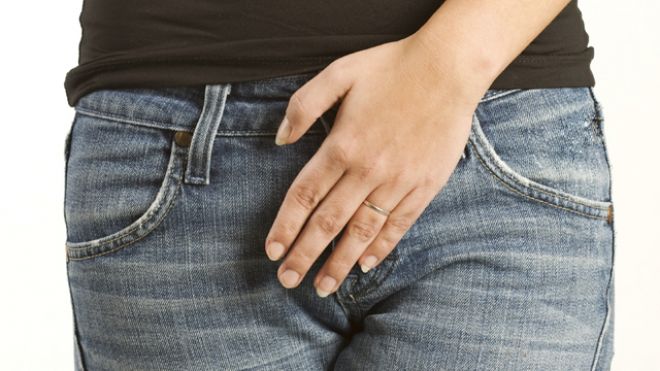Why we need to talk about light bladder leakage

HERE’S A QUICK health survey: Do you ever suffer from heartburn? Dandruff? How about light bladder leakage? Chances are that most people wouldn’t want to answer that last question. Yet light bladder leakage is a lot more common than people think—or would care to admit.
An estimated 3.3 million Canadians live with incontinence, and the majority of cases occur in women. Some 30 per cent of women over age 30 suffer from urinary incontinence. However, figures vary due to under-reporting, so they’re probably much higher.
Simply, it’s too embarrassing, and since no one talks about it, consequently no one knows how widespread the problem is, and they end up feeling alone. This is the message we are trying to promote: You are not alone. Millions suffer this in silence.
People are also reluctant to tell their doctor. Online survey data indicates that people wait approximately two years before telling their general practitioner.
So let’s start talking about it now. Urinary incontinence is any kind of unwanted leakage, and there are two forms: stress incontinence and urge incontinence (also called overactive bladder). This aggravating condition is treatable.
Two types, many factors
Stress incontinence results from a weakening of the sphincter, the master control of bladder response. It controls the opening of
the urethra, which allows urine to pass through. The main causes of weakness are vaginal childbirth, uterine prolapse and aging, which includes menopause.
A number of factors can trigger leakage, including anything that increases pressure in the abdomen, such as walking, sneezing, laughing or jumping. Another growing cause is obesity, since it increases abdominal pressure.
The Canadian Urological Society describes urge incontinence as a “failure of the storage system.” It has nothing to do with muscles or weakness but the contraction of the involuntary muscle of the bladder, which contracts prematurely or at an inappropriate time.
The exact cause of urge incontinence is unknown, but common risk factors include aging, urinary tract infections and nervous system diseases (such as diabetes, Parkinson’s, stroke and multiple sclerosis). All of these affect the physiological control of bladder function.
Men suffer, too
About 5 to 10 per cent of Canadian men suffer from incontinence, and it’s typically urge incontinence. Aging and an enlarged prostate (which obstructs and places undue pressure on the urethra) are to blame. As for stress incontinence, it rarely exists in men, except for those who have had surgery to remove their prostate—surgery can damage the sphincter. As women age, they often experience both types of incontinence, which is known as mixed incontinence.
Those who suffer with the problem are reluctant to talk about it, and many people just put up with it. Any amount of leakage is abnormal, even one drop.
Treatment methods are available
So what can you do about bladder leakage? Lots, apparently.
The important message is that lifestyle changes, such as avoiding alcohol and caffeine, losing weight and stopping smoking, can significantly improve incontinence—both kinds. For women, expert recommends doing Kegels (pelvic floor exercises) after childbirth to strengthen the pelvic floor. Research shows men might benefit from Kegels after prostate surgery.
Surgery is also an option to treat stress incontinence if other measures don’t work well enough. As for urge incontinence, it can be treated first through lifestyle changes and/or drugs that stop the bladder muscle from contracting too soon.
The message that needs to get out is that incontinence is treatable and often curable. People need to speak out to each other and their [general practitioners], thus breaking the taboo and learning that they’re not alone.
Source: CostcoConnection

